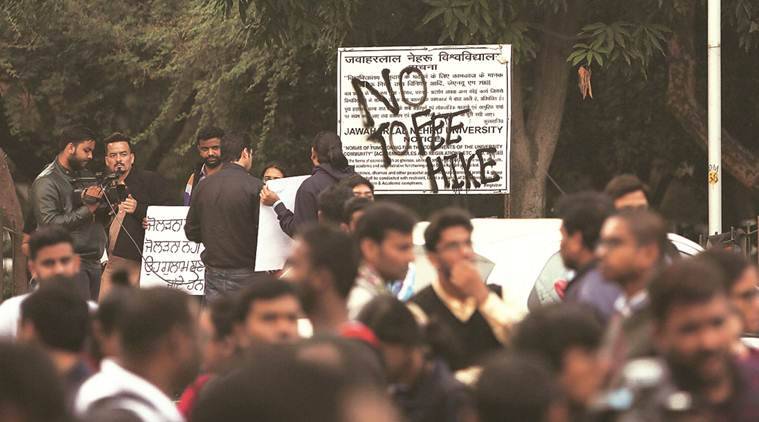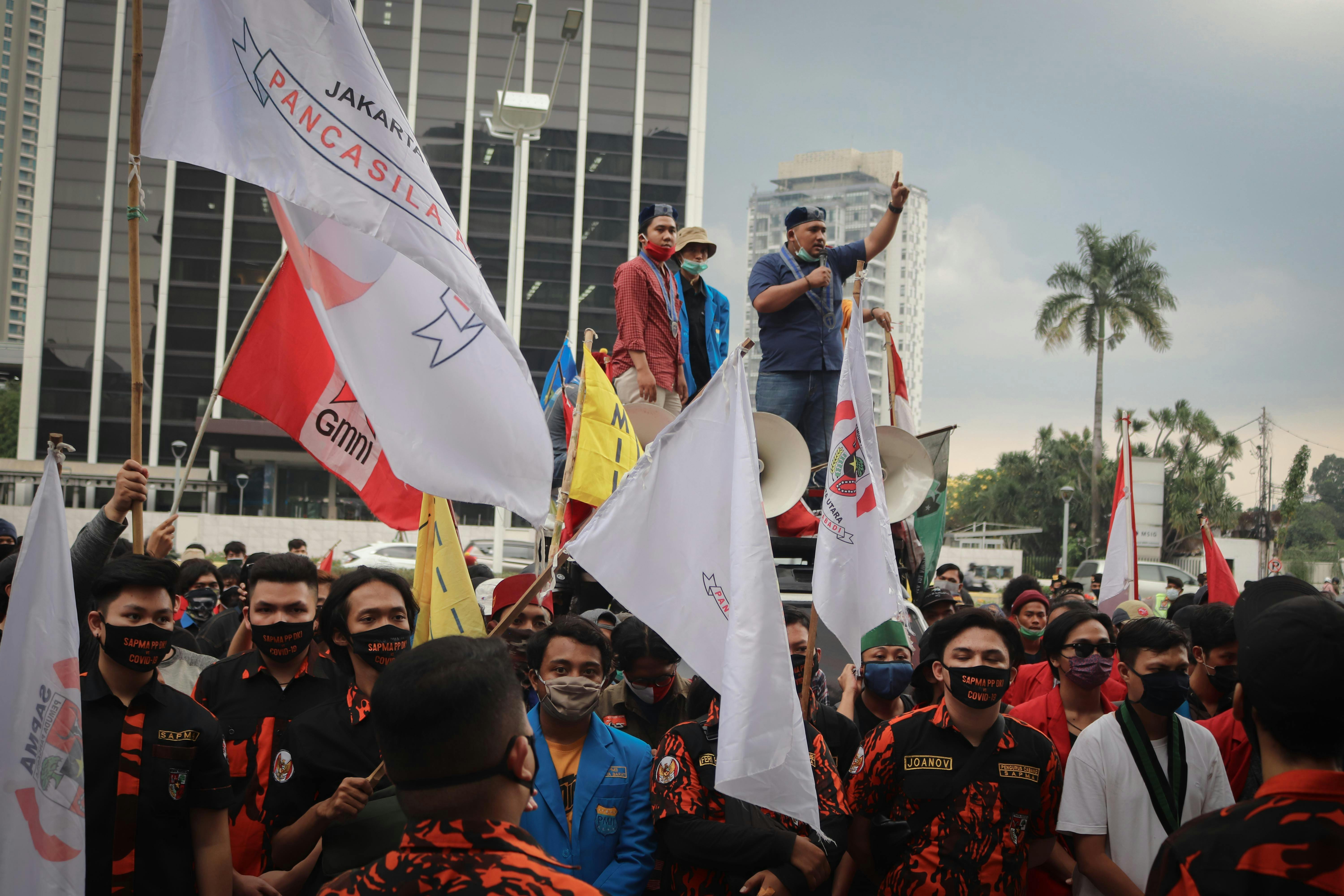Telangana, India's youngest state, stands at a crucial juncture as it approaches its third Legislative Assembly Elections slated for November 30. The electoral landscape is marked by the presence of almost three crore voters across 119 constituencies, setting the stage for a high-stakes battle among the three major players: the Bharat Rashtra Samithi (BRS), the resurgent Indian National Congress, and the Bharatiya Janata Party (BJP).
The BRS, formerly known as the TRS, has been the ruling party and is striving to maintain its dominance in the face of a spirited challenge from Congress. The latter, drawing inspiration from its success in neighbouring Karnataka, has strategically focused on its 'six guarantees' for welfare schemes, aiming to resonate with the electorate. On the other hand, the BJP, once considered a formidable force, has faced internal challenges following the change in its State unit chief but is striving to leverage an anti-incumbency wave, accusing the BRS of corruption.
The stakes are high in this multi-cornered contest, with smaller parties such as the AIMIM, Bahujan Samaj Party, YSR Telangana Party, Telangana TDP, and Left parties also vying for attention. Notably, the inclusion of leaders who have switched parties adds a layer of complexity to the electoral dynamics.
Telangana, formed in 2014, witnessed the rise of the BRS, securing victories in the first two assembly elections. The party's success was attributed to expansive transactional welfarism, regional sentiment, relief from extreme drought conditions, and the establishment of communal harmony under Chief Minister K Chandrashekhar Rao (KCR). However, as the state heads into the 2023 elections, the BRS faces challenges. Despite ongoing welfare initiatives such as Dalit Bandhu and KCR kits, allegations of corruption at the constituency level and criticism of single-family domination have given rise to discontent. This discontent has become a crucial focal point for opposition parties, particularly the Congress and the BJP.
A significant factor in the upcoming elections is the youth demographic, which accounts for over 30% of the electorate. With seven lakh first-time voters added to the electoral roll, political parties are strategically focusing on this segment. The Congress has unveiled the 'Youth Declaration,' a manifesto aimed at addressing the aspirations and concerns of this dynamic demographic. Central to this declaration is the promise of generating two lakh government jobs within the first two years of a Congress-led government, tapping into the prevalent concerns about unemployment among the youth.
The Bharat Rashtra Samithi (BRS), cognizant of the youth's pivotal role, has been actively emphasizing its welfare initiatives, including Dalit Bandhu and KCR kits. The BJP has pledged a transparent and time-bound resolution to Telangana Public Service Commission examinations. The Periodic Labour Force Survey of 2022-23 indicates that youth unemployment in Telangana stands at a significant 15.1%, making the youth vote a pivotal battleground for political contenders. As the electoral landscape evolves, it becomes apparent that the youth vote is not merely a numerical entity but a transformative force demanding attention to its specific concerns.
Beyond the campaign noise, Telangana's upcoming election is a pivotal moment. It signifies a maturation of political aspirations, extending beyond party lines to shape the state's governance and future progress. At this democratic crossroads, the voters will decide Telangana's evolving identity and political journey. The choices made will resonate in the state's narrative, determining the path it treads in the years to come.




 (15).png)